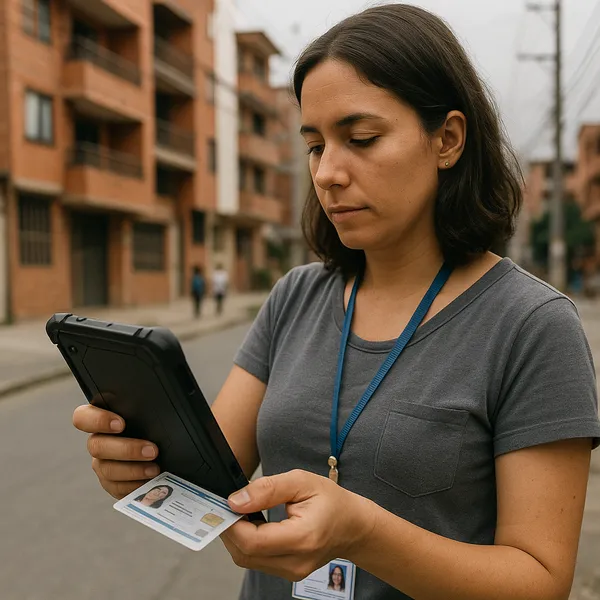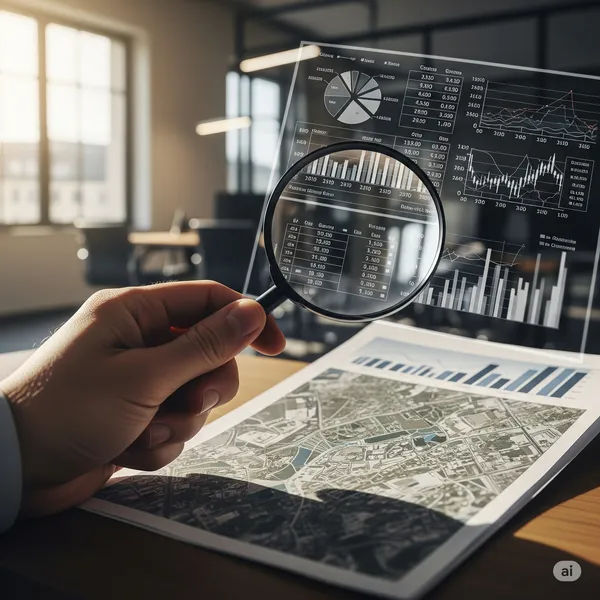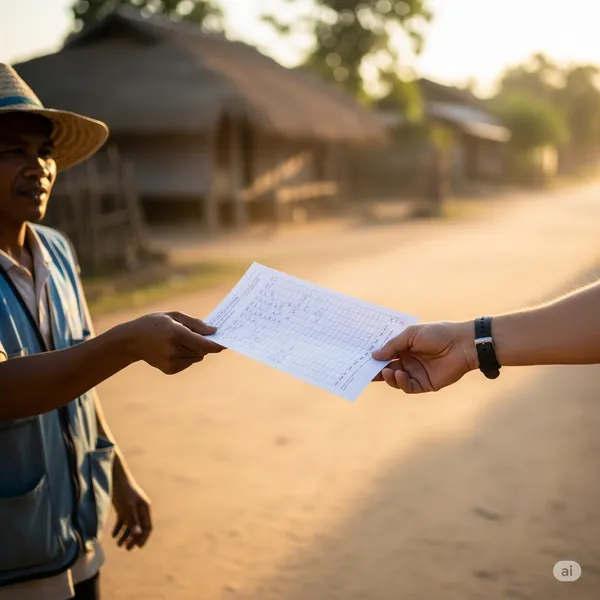Geo-Financial Reconciliation - Linking Financial Data to Spatial Reality
Published on: Fri Aug 30 2024 by Ivar Strand
A foundational question of accountability in the international development sector is one of physical asset verification. A financial report may clearly show that a final disbursement was made to a contractor for the construction of fifty new schools in a remote province. But for a program manager in a capital city, or a donor in Washington or Geneva, a critical question remains: how can we be certain that these fifty schools actually exist?
In challenging or insecure environments, traditional verification methods that rely on extensive physical site visits are often impractical or unsafe. This creates a significant assurance gap. The modern verification toolkit, however, provides a powerful solution: a methodical process of data triangulation that forges a forensically robust link between the financial record and the physical reality on the ground.
The Limitation of Any Single Data Stream
Comprehensive asset verification cannot be achieved by relying on a single source of information. Each data stream, when viewed in isolation, provides only a partial and incomplete picture.
- A financial record proves that a payment was made, but it does not prove that a corresponding physical asset was created.
- A photograph proves that an asset exists, but provides no verifiable information about its location or the date the photo was taken.
- A set of GPS coordinates proves a specific location on a map, but not what is physically present at that location.
Genuine confidence is built not by examining these data streams separately, but by weaving them together into a single, cohesive, and independently verifiable chain of evidence.
A Three-Point Framework for Data Triangulation
At Abyrint, our remote monitoring methodology is built on this principle of data triangulation. For every significant physical asset, we require and integrate three distinct data streams to form a complete evidentiary record.
-
The Financial Record: The “What” and “When”. This is the anchor of the verification process. We identify the unique transaction ID in the financial system corresponding to the final payment for the completed asset. This record provides the definitive link to the fiduciary flow, documenting the amount, date, and recipient of the payment for “School X.”
-
The Geospatial Record: The “Where”. This provides the non-negotiable link to a physical location. At the time of completion, the implementing partner’s field staff are required to capture the precise GPS coordinates of the asset using a dedicated mobile application. This geographic data point is then independently verified by our analysts using high-resolution, time-series satellite imagery. This allows us to confirm that a new structure, consistent with the asset’s design, now exists at the specified coordinates and did not exist before the project began.
-
The Multimedia Record: The Visual Proof. This provides time-stamped, visual evidence of the asset’s existence and condition. Field staff are required to capture a set of high-resolution photographs and videos of the completed asset using a geo-tagging camera application. This application embeds the date, time, and GPS coordinates directly into the image file’s metadata. This metadata is often more important than the image itself, as it provides an auditable link between the visual evidence and a specific time and place.
Forging the Unbreakable Chain
These three independent data points are linked together in our central monitoring platform. A final payment transaction (the financial record) is only formally certified as “asset verified” when it is programmatically linked to both a positive satellite verification of the asset’s existence at the correct location (the geospatial record) and a satisfactory review of the corresponding time-stamped, geo-tagged photographs (the multimedia record).
This creates an unbroken and auditable chain of evidence from the financial disbursement in the accounting system to the physical school on the ground. It moves asset verification from a process of trust in third-party reporting to one of direct, independent confirmation.
In environments where physical access is constrained, technology allows us to shift from remote management to remote assurance. Data triangulation is a core discipline in this new model, providing financing agencies with a high degree of confidence that their investments have resulted in tangible, real-world impact.



